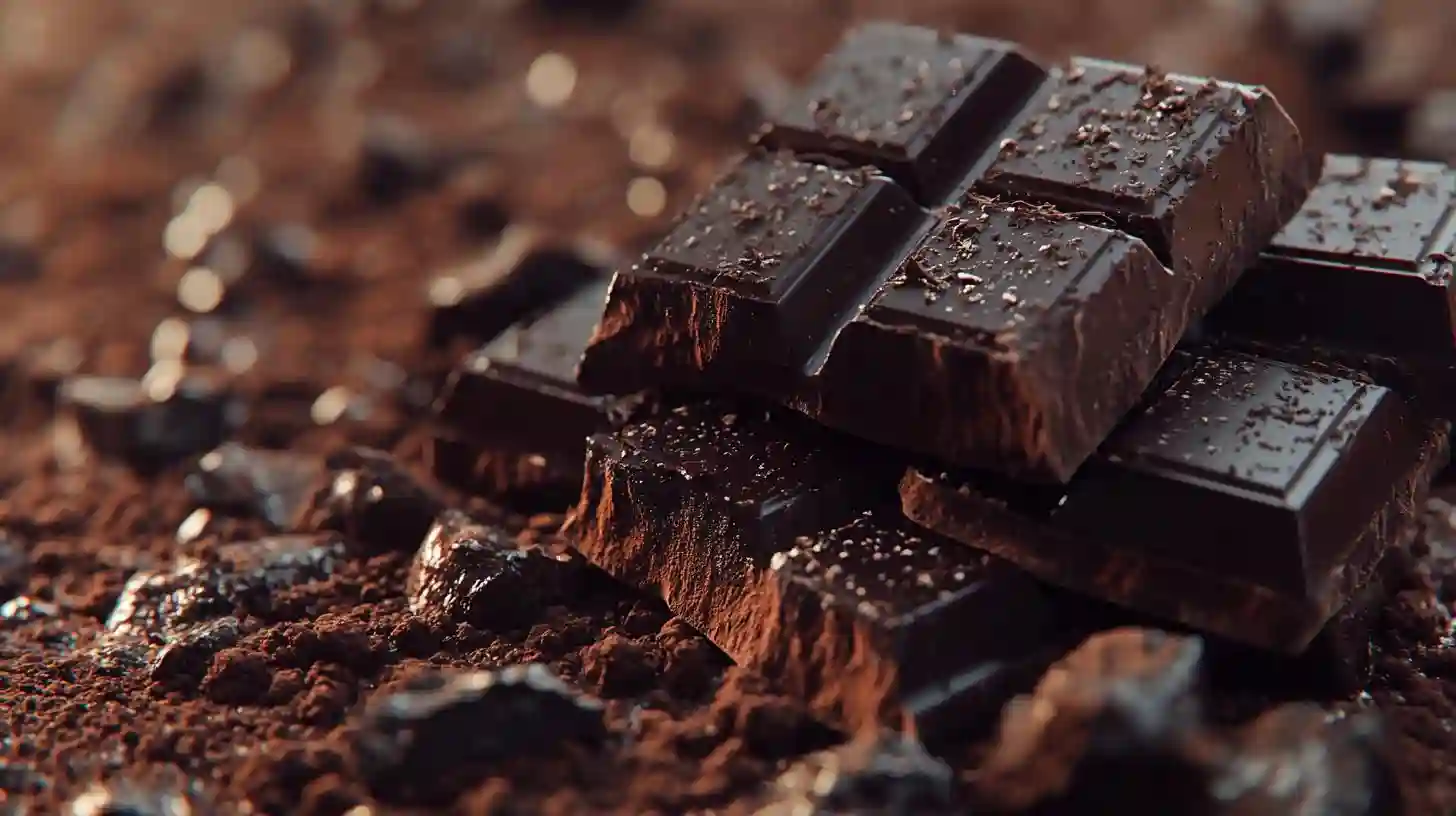
The melting of chocolate in the mouth is a delightful experience that many people relish. This phenomenon can be attributed to the unique composition of chocolate, particularly its fat content, crystal structure, and the interplay of temperatures involved in the melting process. Understanding the science behind why chocolate melts smoothly involves exploring its ingredients, the properties of cocoa butter, and how temperature affects its behavior.
Chocolate is primarily composed of cocoa solids, sugar, and fats, predominantly cocoa butter. Cocoa butter is a type of fat that plays a significant role in the texture and melting behavior of chocolate. This fat is unique in that it has a complex triglyceride composition, which means it consists of varied fatty acids. The types of fatty acids in cocoa butter influence its melting point and how it behaves when warmed. Cocoa butter's melting range is around body temperature, which is significant because it means that chocolate will start to melt gently as soon as it is placed in the mouth.
The melting process of chocolate involves transitioning from solid to liquid, progress facilitated by the heat in the mouth. When chocolate makes contact with the warm environment inside, the cocoa butter begins to soften. This softening process is gradual, leading to a smooth melting experience, as opposed to a quick, abrupt transition common with many other types of sweets. The ability of cocoa butter to blend seamlessly with the other ingredients in chocolate is crucial to its melting qualities. This emulsion-like process allows for a smooth, rich texture that coats the tongue and palate, contributing to the pleasurable mouthfeel associated with high-quality chocolate.
In addition to the fats in chocolate, other ingredients also impact its melting behavior. The sugar content, for instance, provides sweetness but also contributes to the texture. Sugar molecules interact with the fat molecules, creating a structured environment which helps chocolate maintain its shape until it is promptly warmed. This interaction results in the characteristic creamy sensation as the sugars dissolve in the mouth, enhancing the overall experience of melting chocolate.
The cocoa solids in chocolate serve to enhance flavor rather than play a significant role in melting. However, they do influence the overall texture, providing a balance that complements the smooth nature of melted cocoa butter. When chocolate melts, the cocoa solids become suspended in the liquid cocoa butter, ensuring that the flavor is evenly distributed and creating an indulgent experience.
The crystal structure of cocoa butter adds another layer of complexity to why chocolate melts smoothly. Cocoa butter can form several different types of crystals, each with a distinct melting point. The presence of certain polymorphs helps chocolate maintain its form at room temperature while still allowing it to melt at body temperature. Master chocolatiers carefully control the tempering process to stabilize these crystals, ensuring that chocolate has a glossy finish and a satisfying snap when broken. Properly tempered chocolate melts uniformly in the mouth, avoiding the grittiness that can occur with poorly tempered varieties.
The role of temperature cannot be overstated when considering the melting of chocolate. Each stage of melting is influenced by the surrounding temperature, from the moment it enters the mouth until it fully liquefies. The body temperature starts the melting process, allowing chocolate to dissolve slowly on the tongue and further enhancing the flavor release as it mingles with saliva. The warmth of the mouth aids in breaking down the structure of chocolate, making it more palatable and enabling a smooth transition from solid to liquid.
Finally, the sensory experience provided by melting chocolate involves not just taste but also smell and texture. As chocolate melts, it releases volatile compounds that contribute to its aromatic qualities. These aromas, combined with the rich taste and buttery mouthfeel, create a multi-sensory experience that captivates our senses. Each bite becomes a moment of indulgence, satisfying cravings while also providing a momentary escape.
The intricate interplay of cocoa butter, sugars, cocoa solids, and temperature work in harmony to create the luscious experience of chocolate melting in the mouth. This remarkable combination not only satisfies our taste buds but also engages our sense of touch and smell, making chocolate one of the most beloved confections worldwide. The science behind its smooth melting offers insight into why chocolate is cherished across cultures and serves as a reminder of the beauty of combining culinary art with science.